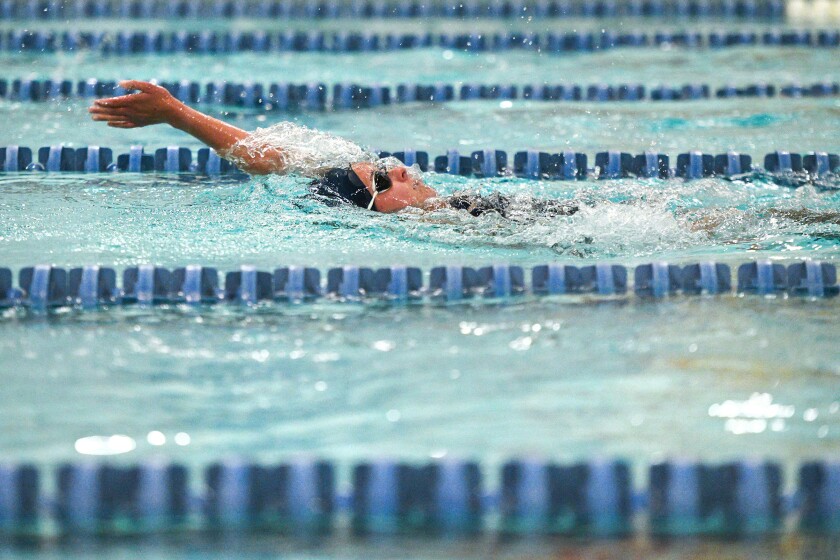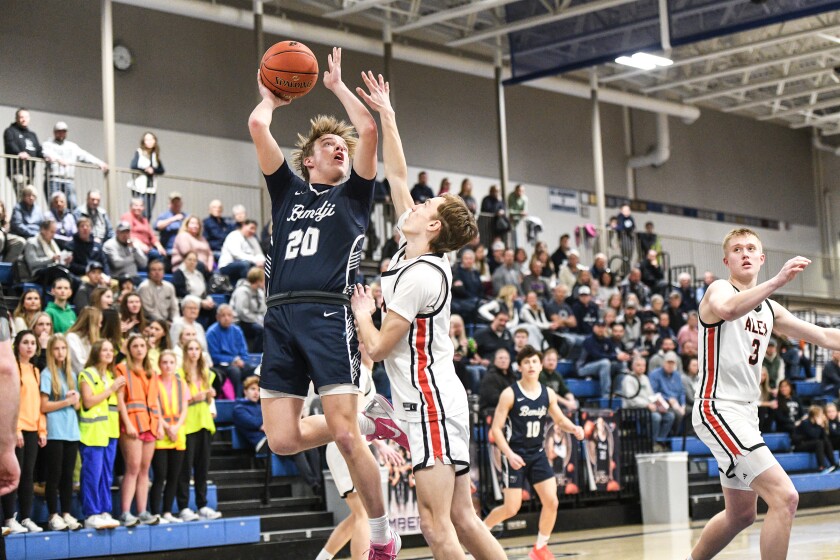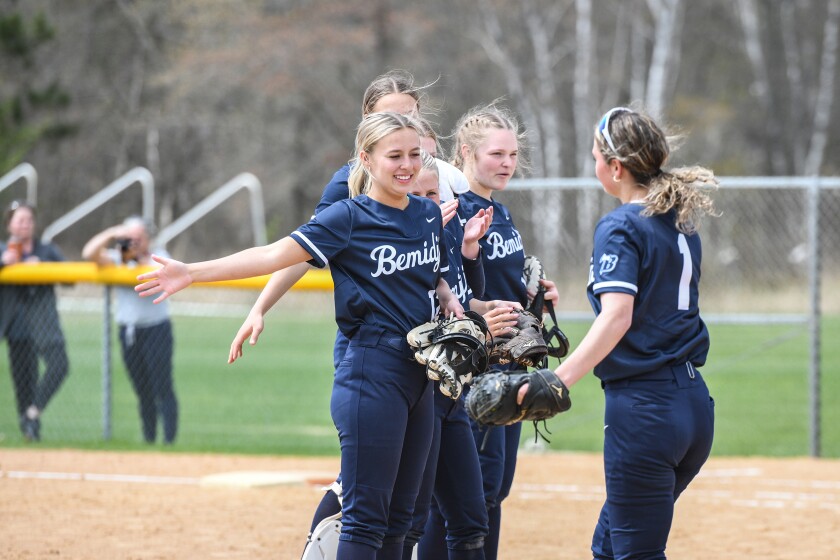The Minnesota State High �������� League reconvenes every two years to determine what section each school is placed in for each of the league’s offered sports and activities.
Section placements are based on school enrollment and geography, with a balanced number of schools in each section, according to the MSHSL.
ADVERTISEMENT
The MSHSL’s board of directors reviews and approves classifications and competitive section placements for postseason play in MSHSL-sponsored sports and fine arts activities. And lately, every two years, the pleas of some Bemidji High �������� athletics programs fall by the wayside.
The cycle will start again this spring.
While some BHS sports like boys wrestling opt to participate in the highest classes – foregoing the ability to compete in a lower class – other coaches have expressed a desire to move down. Those coaches are also backed by their administration, who submitted appeals prior to the reclassification in the spring of 2023.
Those appeals were denied, which has led to nearly all Lumberjack athletes competing in the highest possible class their sport has to offer.
On one hand, BHS meets the enrollment cutoff to compete in the highest class. Enrollment is determined by the Minnesota Department of Education, calculating the number of students in grades 9-12 minus 40% of their educational benefit – free and reduced lunches.
Bemidji’s enrollment number is 1,211. The highest class threshold for each activity typically hovers just under 1,200 depending on the sport, meaning BHS is classified as one of the “big schools” in Minnesota.

The argument to move Bemidji down a class is rooted in travel. The Lumberjacks are forced to miss days – sometimes even weeks – of cumulated class time to hit the road for thousands of miles each season to play a competitive schedule. The closest schools to BHS that share the same enrollment classification are Brainerd and Moorhead, both over 100 miles away.
ADVERTISEMENT
The Jacks routinely make trips to the St. Cloud Area, with some even venturing further south to compete against section foes like Buffalo and St. Michael-Alberville.
BHS could compete in a more local schedule, but that’s counterintuitive from a competitive standpoint.
Many MSHSL section playoff seedings are determined by the Quantity Results Formula (QRF) – an algorithm that calculates points for winning games based on class and the strength of schedule. So, a Bemidji basketball team could play a competitive game against top-ranked lower-class schools like Cass Lake-Bena or Red Lake, but it's a high-risk, no-reward game in a best-case-scenario situation.
Some coaches have expressed their frustrations in competing against tougher competition since being bumped up. While it’s understandable, I don’t find that enough of a reason to move programs back down for the sole purpose of being more competitive.
Fringe top-class teams have found ways to compete and win championships long before Bemidji’s predicament. In a lot of ways, being asked to move down because your program isn’t as competitive in Class 4A as it was in Class 3A feels like a step toward cutting a corner, which is hypocritical.
So what is the solution?
The MSHSL does not require any team to play a head-to-head regular-season game against a section opponent. Let’s change that.
ADVERTISEMENT
If the MSHSL is going to throw BHS in a section that spans from Bemidji, over to Moorhead, through St. Cloud and down to St. Michael, the least it could do is guarantee the northern teams one or two fewer bus rides.

Being that the MSHSL section realignment cycle lasts for two years, I believe it should be mandatory that sections with 10 or fewer teams should play each other at least one time each year.
Let’s use BHS volleyball as an example. If this rule were in place, Bemidji would host half of their games against Rogers, Moorhead, STMA, Sauk Rapids-Rice, Sartell, Elk River, Brainerd and Buffalo, while traveling to play the other half. The next year, the Jacks hit the road against the teams they hosted the year before, while the schools they traveled to come to Bemidji.
This is a fix to a northern Minnesota high school problem. But I don’t see it causing problems for teams in the Metro area. For sections that are separated by less than an hour of travel, more often than not, those teams play each other already.
Where this gets tricky is for schools in lower classes, with sections reaching as many as 20 teams. However, a lot of those sections – if not all of them – are divided into sub-sections. So the required games would be limited to sub-section opponents.
Bemidji is also an outlier in that most of its athletic programs don’t compete in a conference. Bemidji is not close enough geographically to play in the Central Lakes Conference, as is the case for Moorhead. Bemdiji and Moorhead compete as independents.
Most conferences require a certain amount of games to be played against other conference opponents each season. Maybe this begs the question, is that necessary?
ADVERTISEMENT
Conferences don’t determine anything except who gets a regular-season banner hanging in their gym. It does not impact section seeding. Why are we prioritizing conference schedules that mean next to nothing over required section games?
Requiring section games also poses some double standards. Why is it mandatory for a higher-class team to play every team in their section when lower-class teams don’t have that luxury?

To be frank, the MSHSL already set a precedent for double standards in allowing different forms of seeding for section tournaments. Some are determined by the QRF, while others are voted on by the coaches. So I have a hard time believing that implementing a rule to reduce the stress on Minnesota’s northernmost teams is the right time to fall back on any moral stance.
If this rule is implemented, the fringe Metro schools in Section 8 will throw a fit. It will cost them more travel, more money and more time out of class. But in comparison to what Bemidji and Moorhead currently spend, it’s hard to show any real sympathy.
It’s time for Bemidji and Moorhead to stop footing the bill to play a competitive schedule. It’s time for the MSHSL to think beyond the blanket solutions that apply to most of the state, and start thinking about the whole state.









